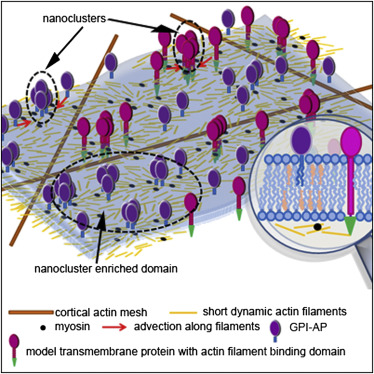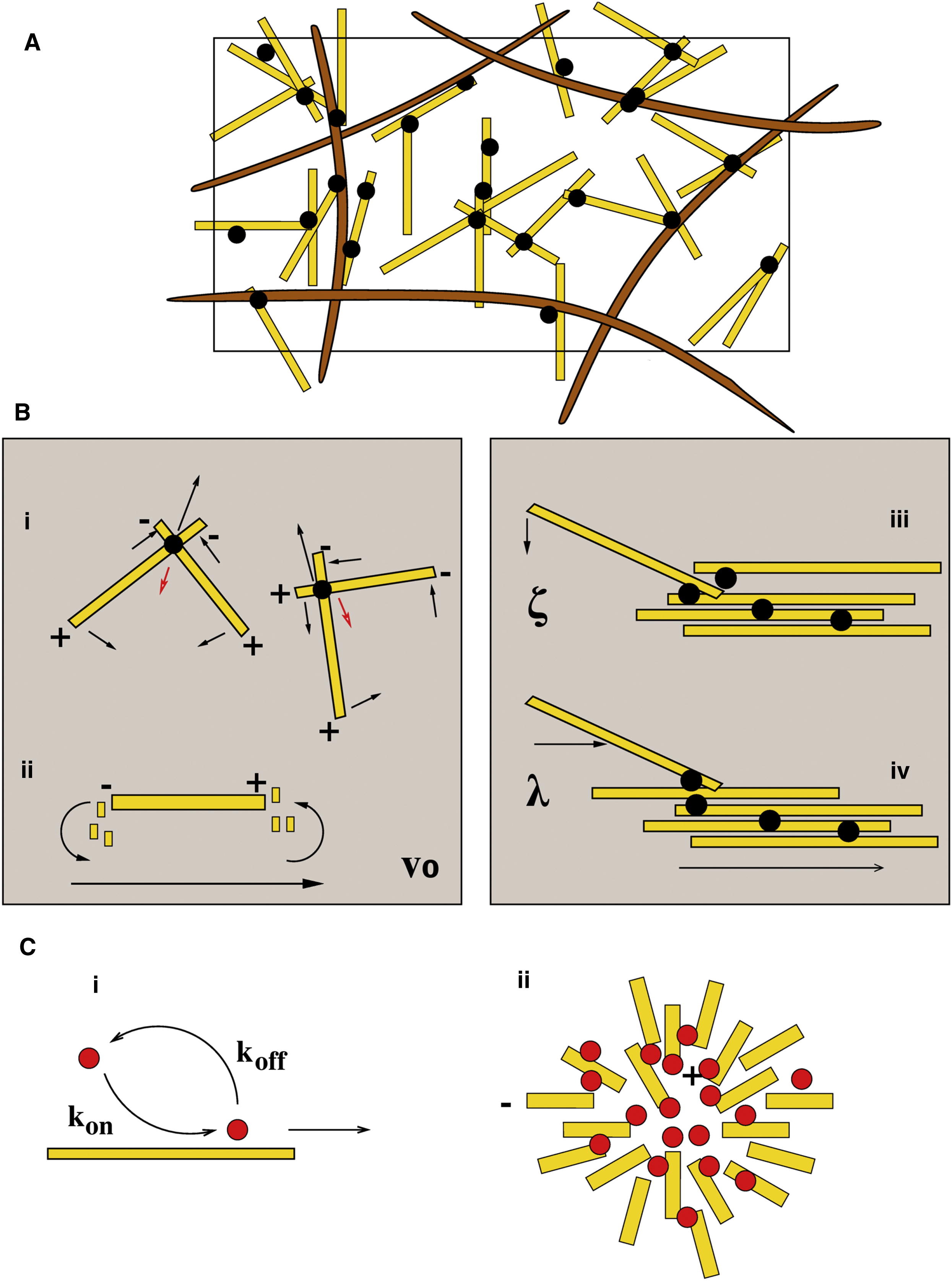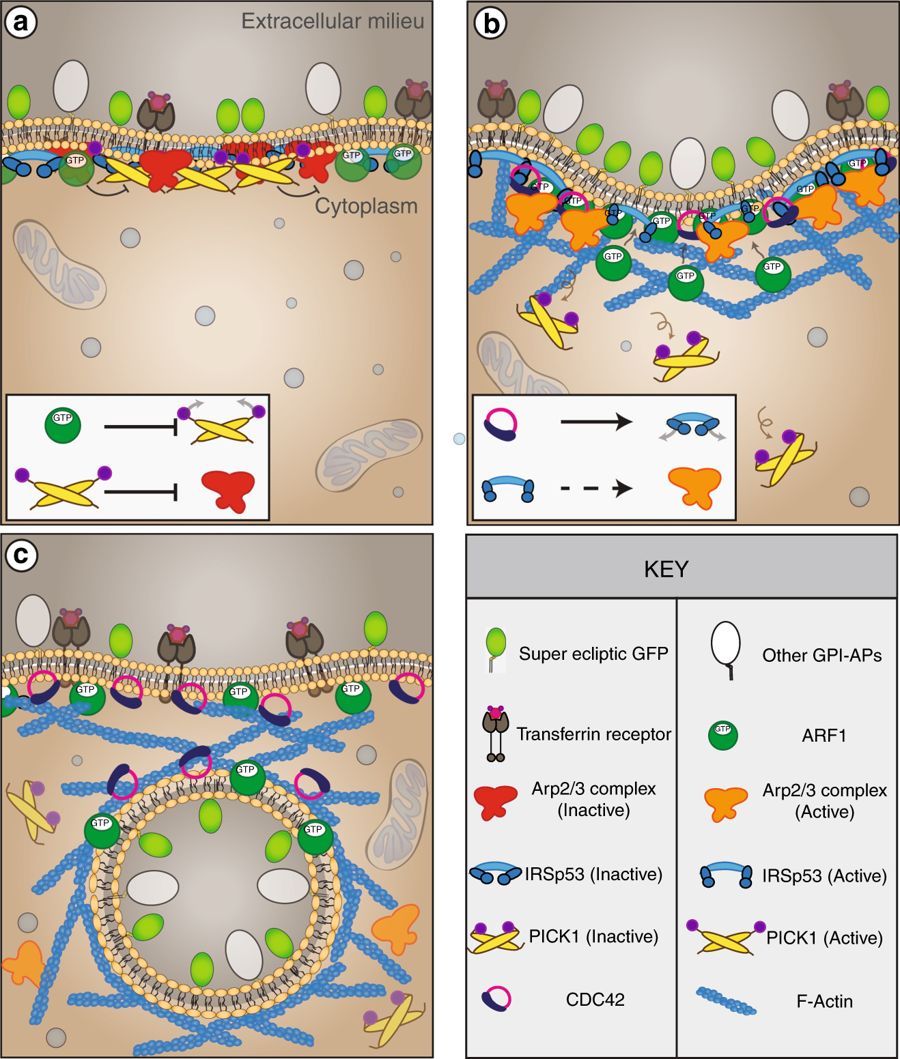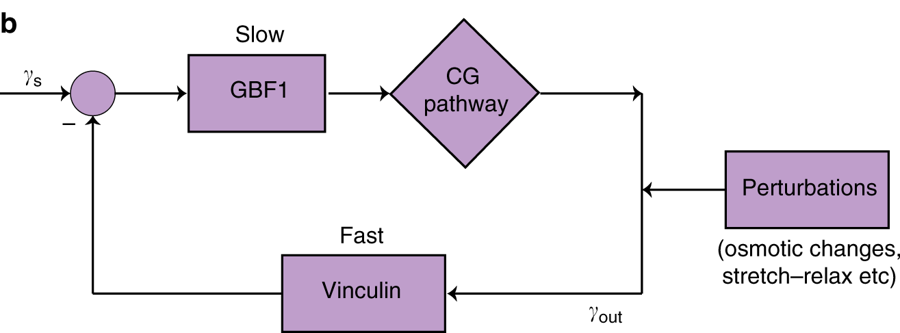Prof. Satyajit Mayor - Research
How does the cell build functional signalling complexes at the plasma membrane?
What are the requirements to create a responsive endocytic platform?
The principle driving force of our laboratory is to uncover physico-chemical rules that govern local organization of the cell membrane and connect this to cellular and organismal physiology.
To study phenomena at the cellular scale, we utilize principles from the physical sciences to frame questions about movement of molecules and organelles inside cells. We have also have developed numerous microscopy tools to study organization of cellular components, from the nanometer scale in specialized domains in cell membranes to the micron scale prevalent in mapping endocytic pathways. We study sorting properties and endocytic pathways of a variety of molecules, including membrane proteins, lipids and lipid-tethered proteins in vivo. Our studies provide a compelling picture of the cell membrane as an active composite of the lipid bilayer and a dynamic cortical actin layer beneath, wherein, dynamic actin filaments help in controlling the local composition of membranes, and shaping endocytic trafficking.
We are now involved in several specific lines of inquiry. These include:
i) theoretical and experimental studies using different microscopy techniques on understanding the basis for the formation of specific membrane domains in living cells


(Gowrishankar et al., Cell 2012)

(van Zanten and Mayor, F1000 Research, 2015)

(Kalappurakkal et al., Cell 2019)
ii) in vitro reconstitution of actin and myosin-driven membrane composition

(Koester et al., PNAS 2016)
iii) exploring the dynamics of such membrane complexes during signaling and templated differentiation in multiple cell systems, including stem cells

Taylor et al., Cell 2017
iv) uncovering molecular mechanism of dynamin-independent endocytosis using cell-based assays at the individual gene scale, and genome wide-RNAi screening methods to study its regulation and evolution

Gupta GD et al., Plos One 2014

Sathe et al., Nature Communications 2018
v) understanding the functional role(s) of clathrin and dynamin-independent endocytic pathways in cell and animal physiology

Hemalatha et al., PNAS 2016

Thottacherry et al., Nature Communications 2018



